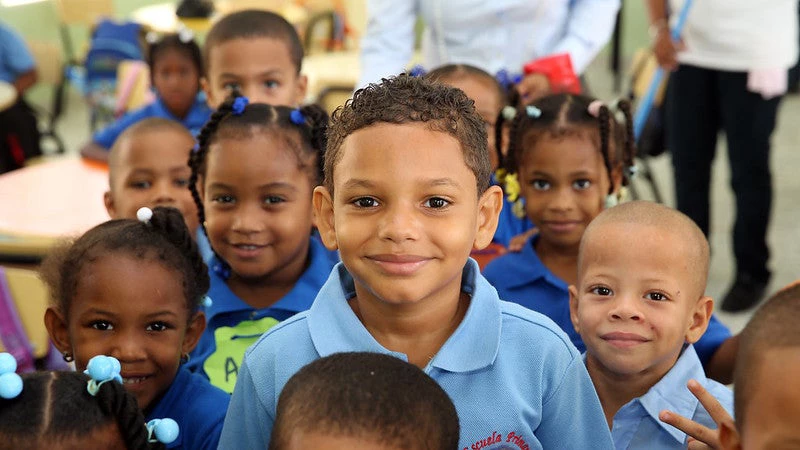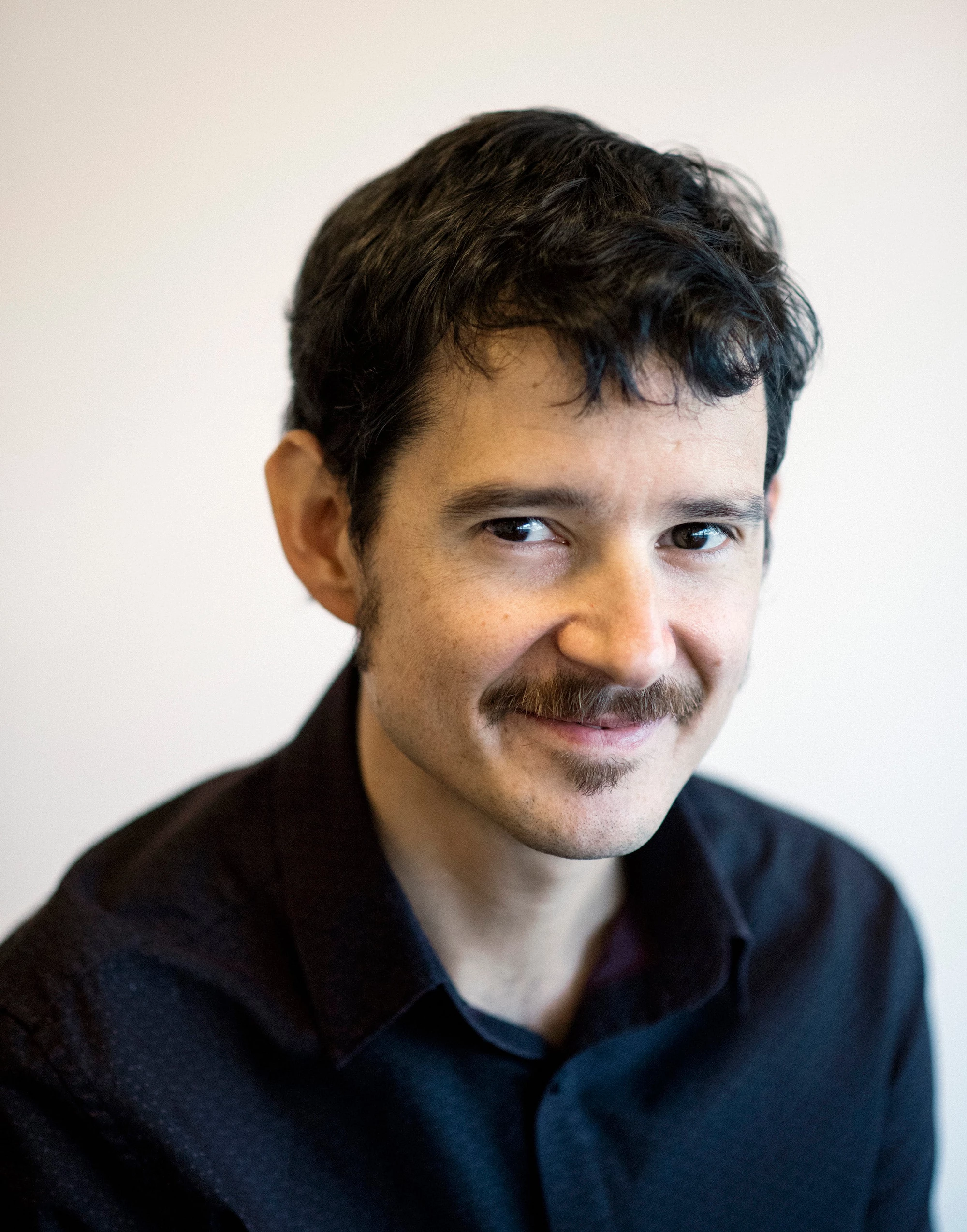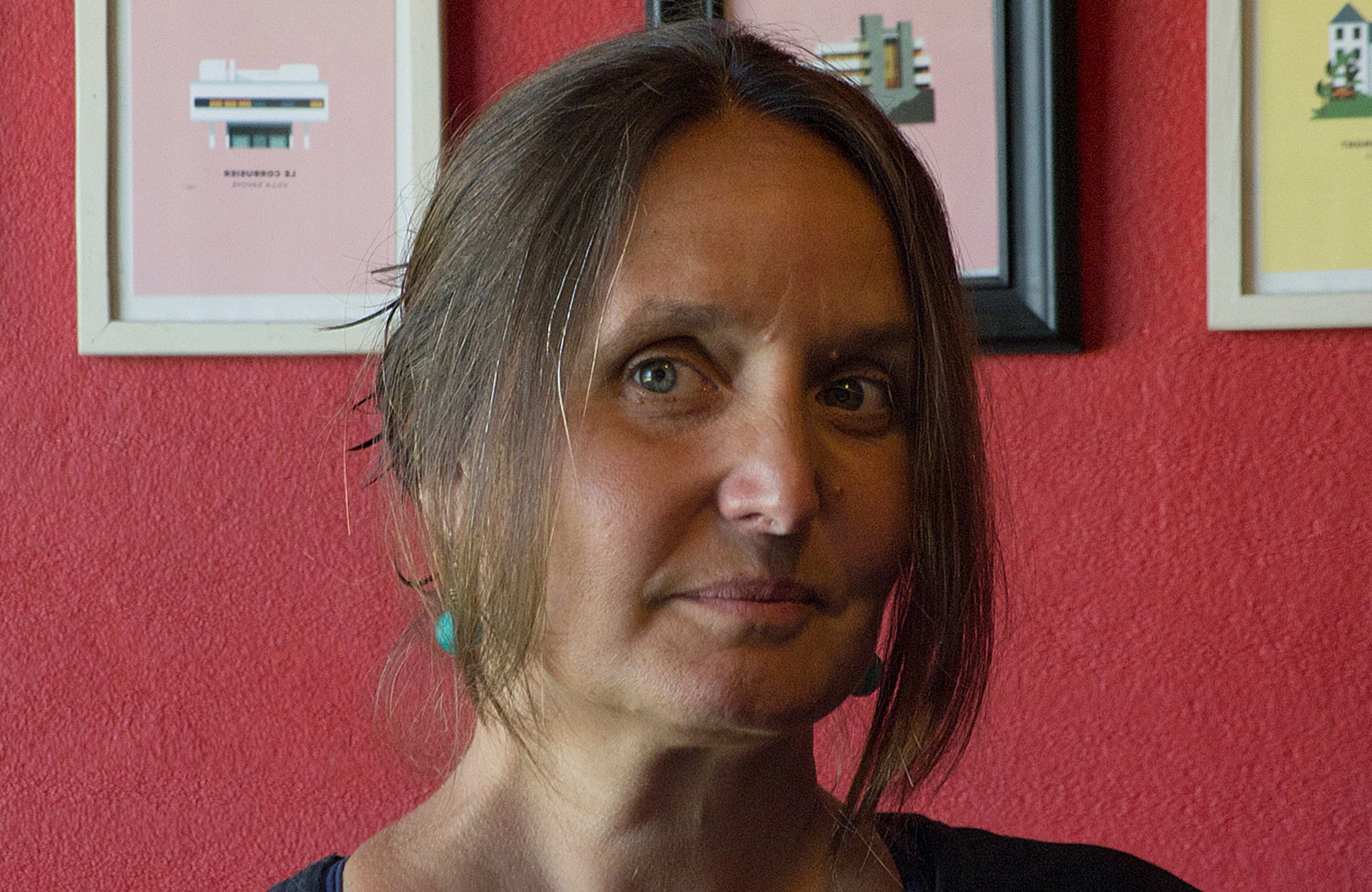 Young students
Young students
With no precedent for such large-scale interruption, education leaders in Latin America and the Caribbean (LAC) countries are learning from the region’s extensive experience in mass media education broadcasting. The World Bank organized a broad consultation recently to learn from this rich tradition and support LAC countries in responding to the current education crisis.
Countries are adapting innovative and flexible ways during this crisis. They are incorporating different channels and media to facilitate teaching and learning. All participant countries implemented a national repository of digital resources (and offline learning materials when possible) and/or a learning management system (LMS) where students connect with their teachers. WhatsApp, phone or social media was adopted to provide pedagogical guidance and support for teachers and parents. However, since the Internet is not accessible for all, the use of educational radio and TV still plays a relevant role. Below more examples of the initiatives and programs that Latin American countries are activating in response to the crisis.
Emerging lessons and next steps
It is too early to assess the impact of all these actions. Some of the valuable lessons learned so far are: i) to extend the use of the existing technologies and resources to provide a rapid response, keeping in mind that the primary objective is pedagogical; ii) to collate educational resources in one place, implementing a multi-channel strategy; iii) to ensure that content can be used offline; iv) to include television and radio as a valuable resource; v) to implement a hotline and use WhatsApp to provide guidance and pedagogical assistance; vi) to offer downloaded textbooks; vii) to adopt national channels for providing social-emotional support to parents and educators; viii) to deploy public Wi-Fi access points; ix) to create call centers to support parents; and x) to explore partnerships with local mobile and telecom operators for reduced costs access.
Obviously, there are countries that are more advanced than others. Now the challenge will be to ensure that these technological solutions can effectively minimize the disruptions that the COVID19 pandemic is generating. Evidently, digital technologies are not a panacea, but they can offer scalable solutions especially when the current crisis risks amplifying the existing inequalities.
While the focus is on emergency response it will be important to consider the medium and long-term actions (the chance of a similar shutdown in the future is unknown but possible), therefore some questions remain open:
- Can LAC countries adopt "zero cost", particularly for educational resources? (see South Africa’s experience); How to prepare the national/regional digital infrastructures to face an unprecedented demand?
- What are the best strategies to combine fully online and offline learning technologies? (see an EdTech selection of platforms, and resources here)
- How to better prepare educators and parents to navigate in this new context?
- How to implement effective multi-channel education strategies from TV to WhatsApp?
- How countries should protect learners online (and their privacy) ensuring respect and a healthy use of the Internet?
- How to avoid dependence on some vendors?
- How to transition from education delivery to meaningful learning?
- How to implement quality assurance under the new circumstances?
The information we collected gives a sense of what the countries are working on.
Colombia: The strategy combines on-line, off-line and broadcasting. For those families with internet access “aprender digital”, a national platform with over 80,000 digital resources, organized by grades (in different modalities, such as games, videos, etc.) is available. For those without connectivity, the government is preparing a kit to learn from home organized by grade, including different resources. In addition, Colombia is broadcasting educational programs on both public radio and TV, for students from primary to middle school.Relevant resources: https://contenidos.colombiaaprende.edu.co and https://www.enticconfio.gov.co (repository of learning materials)
Costa Rica: To reach homes, a national emergency platform with educational resources was created (“aprendo en casa”). In addition, public media broadcasts specific programs (for kids, parents, and teachers) available on different subjects. Costa Rica reaches its teachers through digital tools and resources such as a virtual classroom or a guide for autonomous work. However, not all are shared online. The administration is also planning to offer hard copy resources for parents with no access to the internet. Moreover, TV is considered essential to those families who lack internet access in order to broadcast useful COVID19 related information, hygiene recommendations, etc. Relevant resource: http://www.cajadeherramientas.mep.go.cr/ (content repository for teachers)
Dominican Republic: The administration is combining a national education portal with curated content classified by grade, with radio as well as public and private TV broadcasts. As an action to facilitate access to the internet, over 1,000 free public Wi-Fi access points have been set up. WhatsApp groups are giving specific support to teachers and parents and provide helpful content. Relevant resources: iq.edu.do (platform for secondary education), enlinea.minerd.gob.do (content repository and platforms), educando.edu.do (content platform for students) and eduplan.educando.edu.do (platform for teacher planning)
Ecuador: Ministry of Education has developed a set of guides for educators to ensure that learning is not interrupted, and to help build teacher capacity for remote delivery. A national information unit (via email and phone) was created to provide guidance and critical information to teachers and parents. A national educational platform is available with over 800 pedagogical resources, combined with the use of traditional media to broadcast educational content, through both radio and TV. A virtual classroom offers online sessions on a national scale. Psychological and pedagogical support is also being offered to respond to requests from parents and students. Assessment, as in most countries, remains a challenge and the government has decided that work during this period will not be graded nor count toward final course assessment. All these resources are promoted via video tutorials and social media. Relevant resource: http://www.educa.ec/ (content repository and platforms)
El Salvador: In addition to implementing a national platform with a repository of materials for delivery in various modalities (TV, multimedia, teacher communities), a set of orientation guidelines have been made available to teachers and students, and also to parents. Educational videos are being prepared (to be distributed via TV, YouTube and Facebook). Also, a national call center (accessible via email and WhatsApp) was set up to provide support to parents and students in delivery of educational activities. Relevant resource: https://www.mined.gob.sv/emergenciacovid19/ (learning materials and guidance for parents and teachers)
Nicaragua: While schools have not yet been closed, the Ministry is implementing a multi-layer contingency plan to inform, and implement to ensure that learning will continue if schools are closed. Currently in the prevention phase the government offers video tutorials with good hygiene advice in schools. The contingency plan would help students at home (including a methodology of distance learning with guidance on the use of online platforms). The team is preparing pedagogical guides, by grade, and organizing digital content to be shared in the educational platform. WhatsApp and social media are key coordination and communication channels. A call center to support families is currently under preparation. The role that directors of schools are expected to play will be crucial. Relevant resource: https://www.mined.gob.ni/biblioteca/ (learning materials and guidance for teachers)
Paraguay: An agreement with a large tech company was reached to offer an educational package at "zero cost" to benefit 60,000 teachers and 1.2 million students. In addition, the administration has launched a national portal (adapted for users with limited broadband connectivity) which will be combined with traditional media broadcast. Related resource: https://aprendizaje.mec.edu.py/index.php/es/recursos (learning materials and guidance for teachers)
Peru: The government is adopting a strategy to use different channels to distribute content: internet, TV, radio, and phones. The actions include content curation (combining owned content with proprietary content from partner institutions) aligned with the national curriculum. A national platform combines virtual classes with mobile messaging. Close coordination with local radio stations to broadcast the educational content in local languages is also ongoing. Relevant resource: http://www.perueduca.pe/ (learning materials and guidance for teachers)
Uruguay: In the country where every student from public education (primary and secondary) has access to a computer device, the focus is on getting educational content ready for the devices plus providing the needed pedagogical assistance to educators. A National Learning Management System (LMS, where educators can both have their own virtual classroom and/or improve their teaching skills) along with other platforms such as a national online library are provided. The challenge is to assure that every educator (including those who need to enhance digital skills) receive the orientation and support they need to adopt the different platforms and resources available; to reach that goal the national call center organized by Plan Ceibal, as well as social media can play a key role. Relevant resources: https://valijas.ceibal.edu.uy/; https://rea.ceibal.edu.uy (learning materials and guidance for teachers)
While it is uncertain how long this crisis is going to last, there is no question that parents and educators play a remarkable role in supporting learners of all ages. All of them will deserve recognition from all of us, today and on the day when this crisis is behind us.
SPECIAL THANKS: Emanuela Di Gropello, Ciro Avitabile, Ingrid Bjerke and Florencia Chaves for helping to organize this meeting and to Inaki Sánchez, Marcela Gutierrez and Michael Trucano for sharing resources and feedback.
The image used at the top of this blog post comes from Danilo Medina via Flickr and used according to the terms of its Creative Commons license, CC BY-NC-ND 2.0.




Join the Conversation